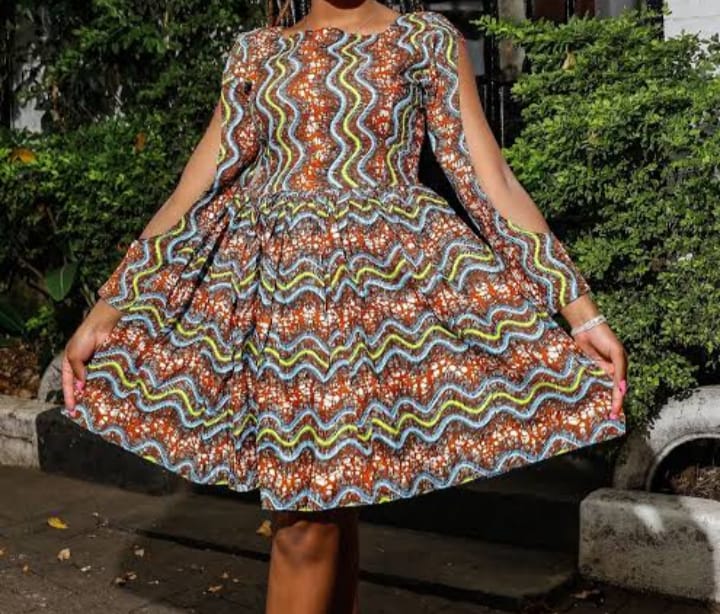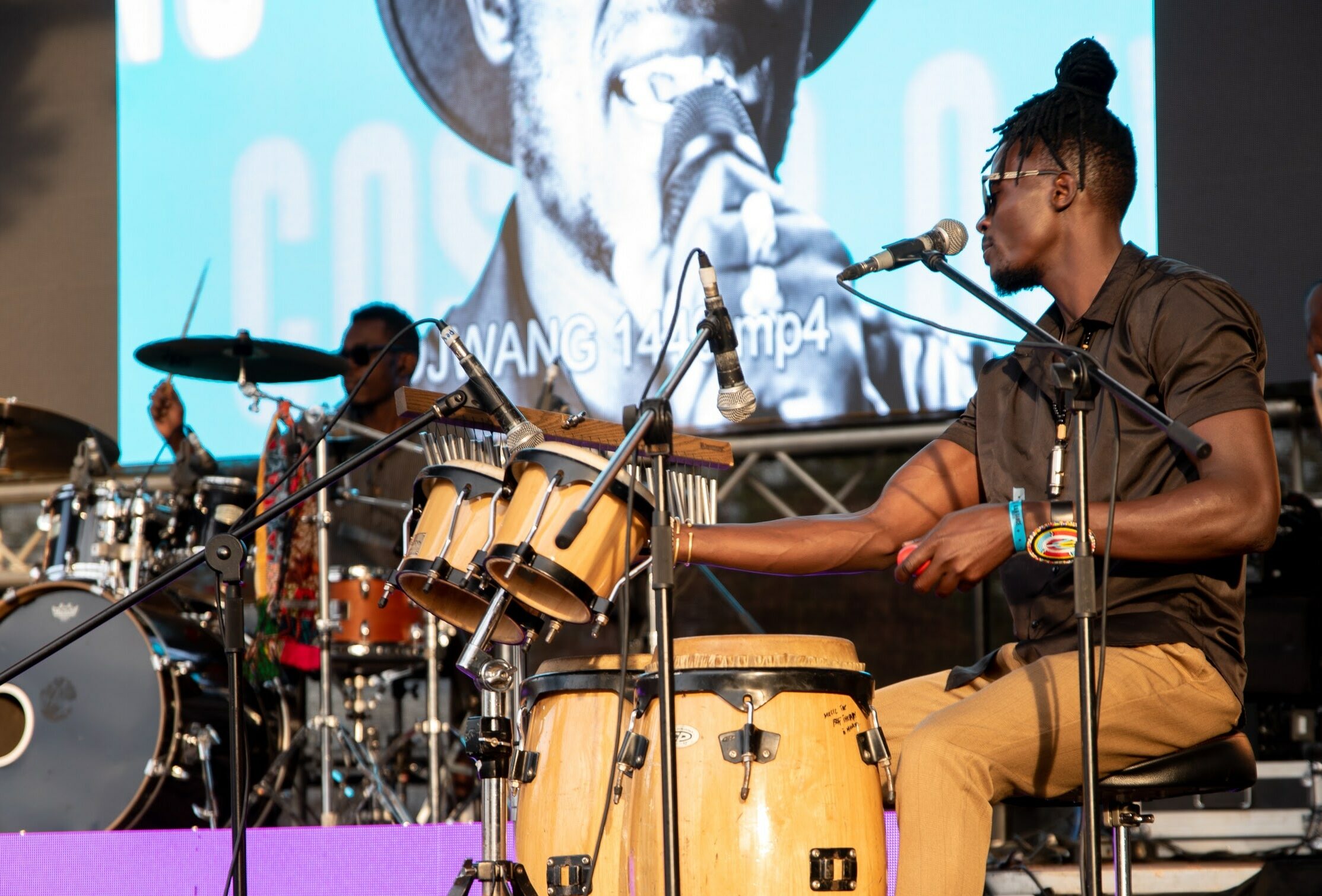Kitenge, a vibrant and culturally rich fabric, has deep roots in East Africa. The origin of Kitenge fabric can be traced back to the traditional wax-resistant batik printing techniques that originated in countries like Tanzania, Kenya, Uganda, and Rwanda. We explore the origin of Kitenge fabric, highlighting its unique prints and early cultural significance.
Wax-Resistant Batik Printing: Crafting Stories in Fabric
At the heart of Kitenge’s history lies the meticulous art of wax-resistant batik printing. Artisans skillfully apply wax to specific areas of the fabric, creating intricate patterns that come to life with vivid colors during the dyeing process. This technique not only requires skill but also serves as a storytelling method. Patterns and designs often convey messages related to cultural heritage, social status, and individual identity. This section delves into the craftsmanship behind Kitenge and its cultural symbolism.
Read also: Upgrade your wardrobe with these simple African fashion hacks

Diverse Patterns and Cultural Symbolism: Kitenge Across Regions
Kitenge is not a one-size-fits-all fabric; it varies across regions and ethnic groups, each with its unique patterns and colors. This section explores the diverse patterns found in Kitenge and their cultural significance. Different regions use Kitenge to tell stories, preserve traditions, and express identity. Whether it’s a celebration of nature, a representation of historical events, or a symbol of social status, Kitenge patterns are a reflection of the rich tapestry of African cultures.
Versatility Beyond Clothing: Kitenge in Daily Life
While Kitenge is commonly associated with clothing, its influence extends beyond the wardrobe. This section delves into the various ways Kitenge is incorporated into daily life, from home décor to traditional ceremonies. The fabric’s versatility has allowed it to become a staple in many aspects of African life, showcasing its adaptability and cultural relevance.
Read also: African fashion: The unique tapestry of heritage and creativity
Economic Impact: Kitenge as a Catalyst for Local Economies
The production and sale of Kitenge fabric have a significant impact on the economies of the regions where it is popular. Local artisans and businesses engaged in creating and distributing Kitenge contribute to their communities’ economic sustainability. This section explores how Kitenge has become more than just a fabric; it is a source of livelihood for many, fostering economic growth and community development.
Kitenge in the Global Spotlight: A Journey Beyond Borders
In recent years, Kitenge has transcended geographical boundaries, gaining international recognition in the global fashion industry. This section explores how Kitenge has evolved from a traditional fabric to a global fashion icon. Designers and fashion enthusiasts worldwide have embraced Kitenge, incorporating it into modern styles and collections. Its vibrant patterns, versatility, and cultural significance have made it a sought-after choice for both casual and formal wear.

Cultural Celebrations and Unity: Kitenge as a Symbol of Pride
Kitenge is not just a fabric; it is a symbol of cultural pride and unity. This section dives into how Kitenge is often worn during significant events such as weddings, festivals, and cultural ceremonies. Its presence fosters a sense of community and connection among individuals across different regions and ethnicities, creating a tangible expression of cultural pride and solidarity.
Read also: Serena Williams makes history as first athlete to claim fashion icon crown]
Conclusion: The Ever-Evolving Story of Kitenge
In conclusion, the history of Kitenge is a dynamic narrative that weaves together tradition, craftsmanship, economic impact, and global recognition. From its humble origins in wax-resistant batik printing to its current status as a global fashion icon, Kitenge continues to evolve, telling stories of culture, identity, and artistic expression across borders and generations.



